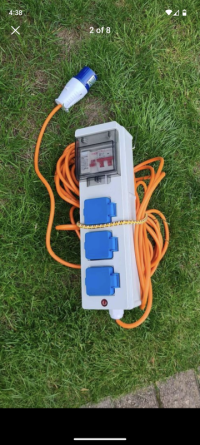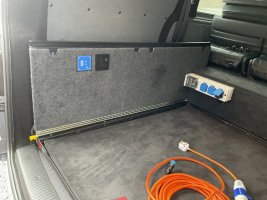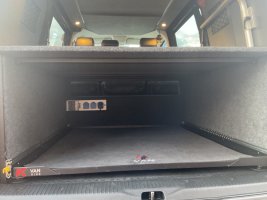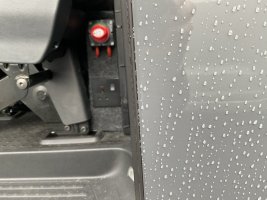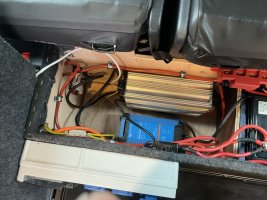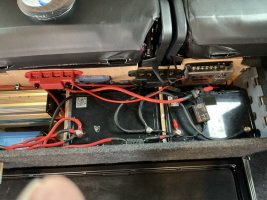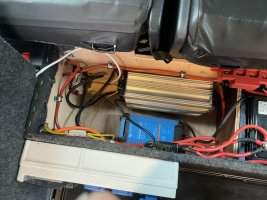Hi all.
I was going to put my leasure battery under the driver seat. That was the plan until I purchased a second lithium battery. Now it looks like all my electrics are going to my rear quarter.
But there isn't enough space for a consumer unit...
Any thoughts on putting the consumer unit under the driver seat? Any issues with this?
Any experts on the Renogy stuff? Know if I need to run a black cable back to my starter battery?
Also what cable do I need for the Renogy hub (ethernet?)
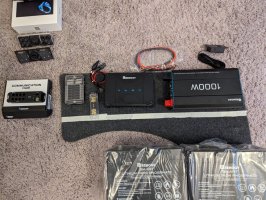
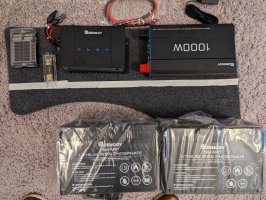
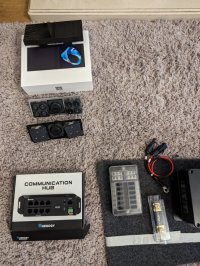
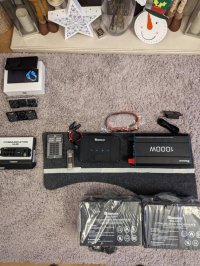
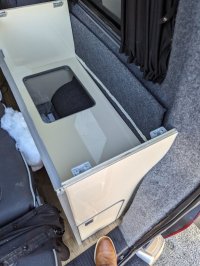
I was going to put my leasure battery under the driver seat. That was the plan until I purchased a second lithium battery. Now it looks like all my electrics are going to my rear quarter.
But there isn't enough space for a consumer unit...
Any thoughts on putting the consumer unit under the driver seat? Any issues with this?
Any experts on the Renogy stuff? Know if I need to run a black cable back to my starter battery?
Also what cable do I need for the Renogy hub (ethernet?)






